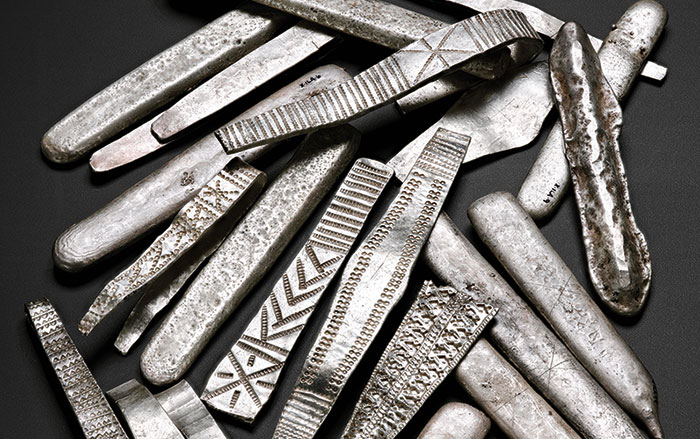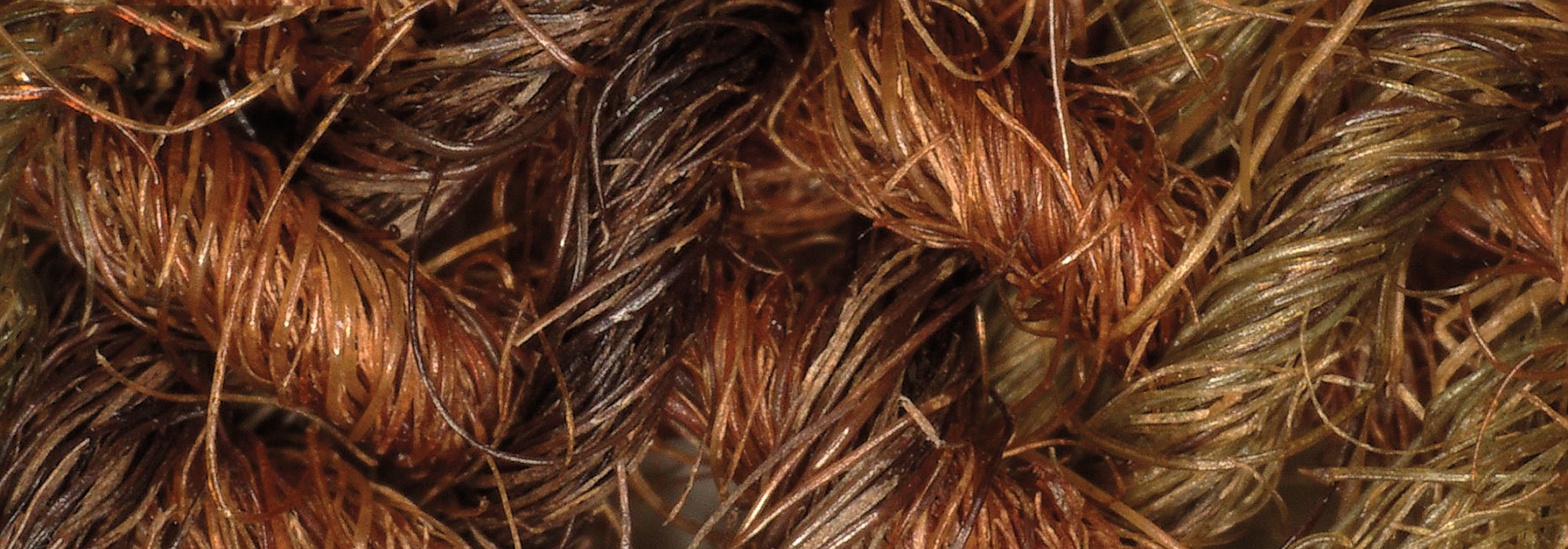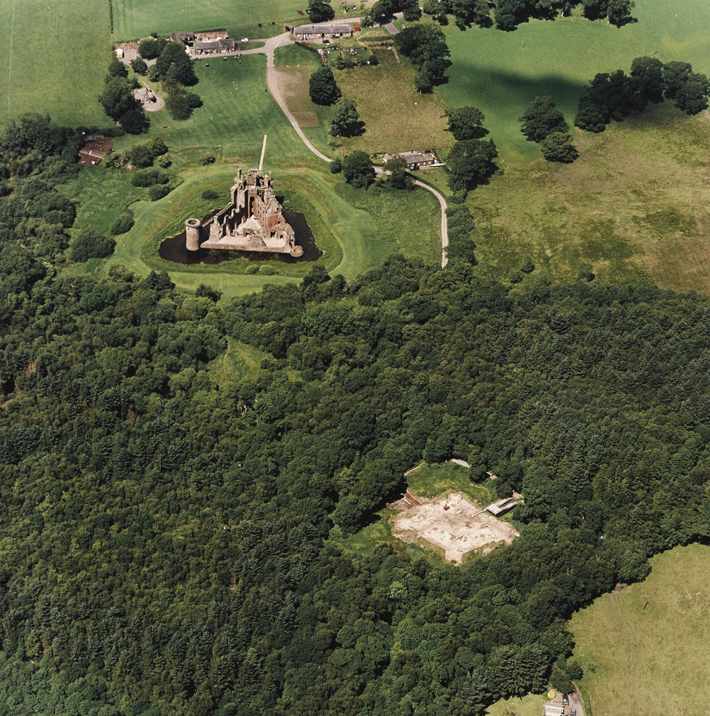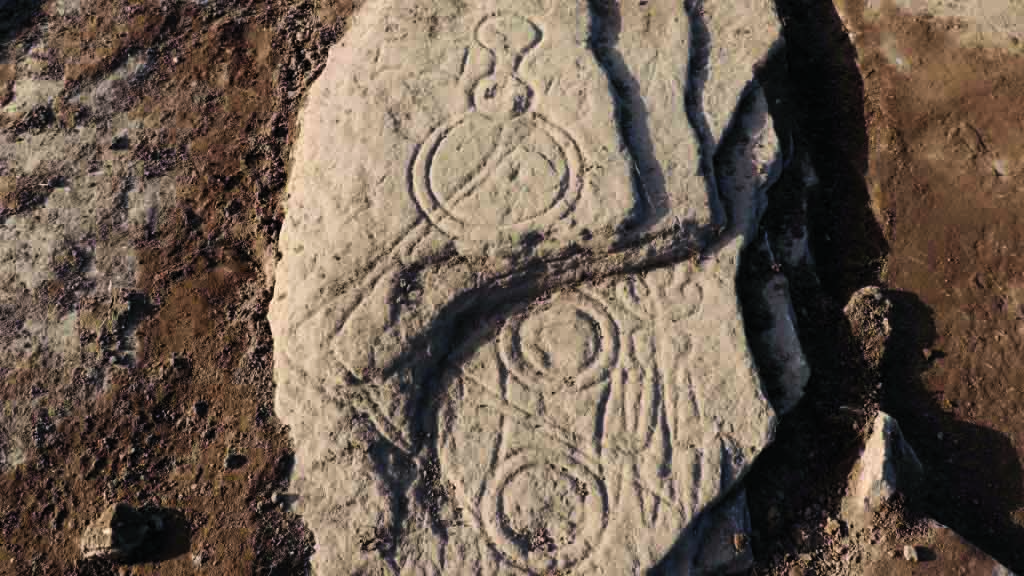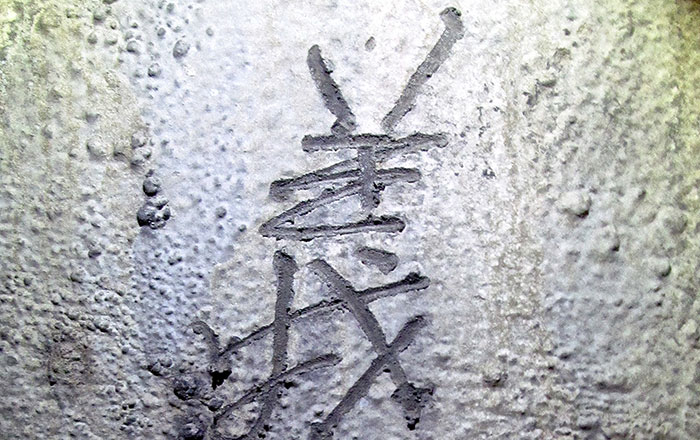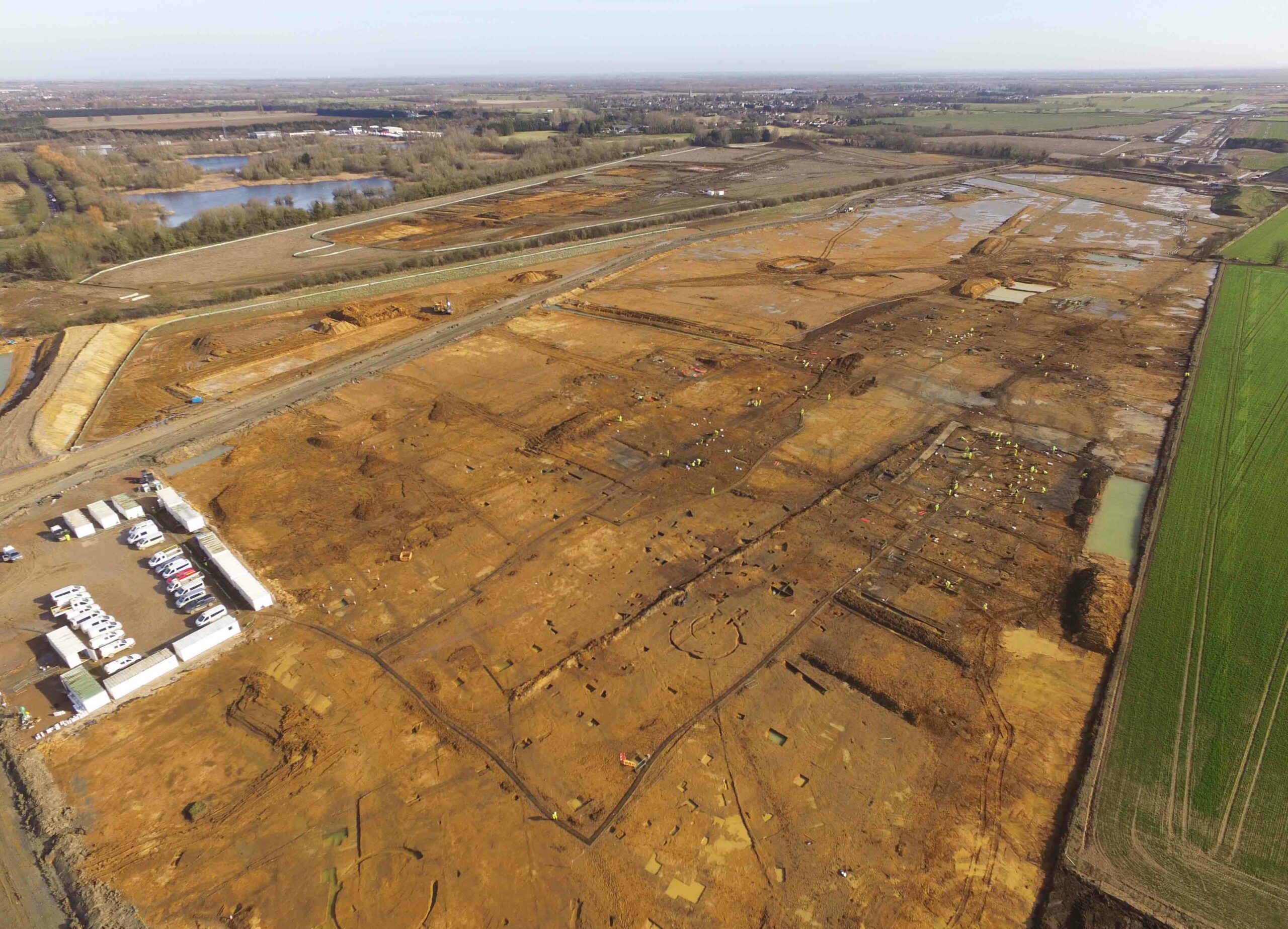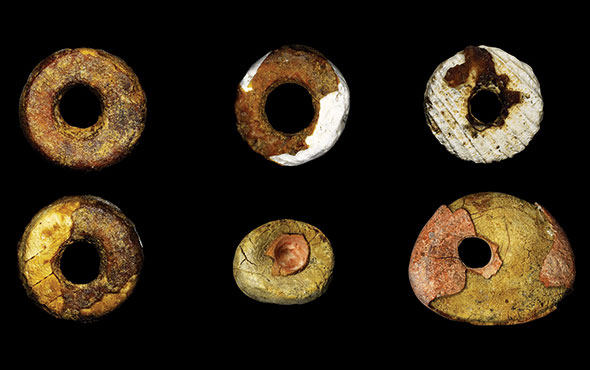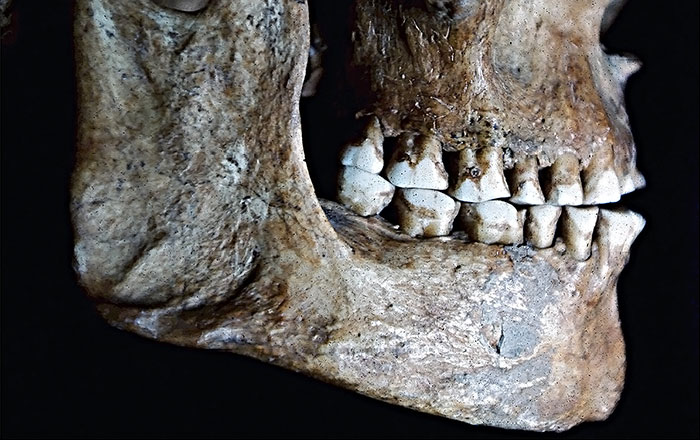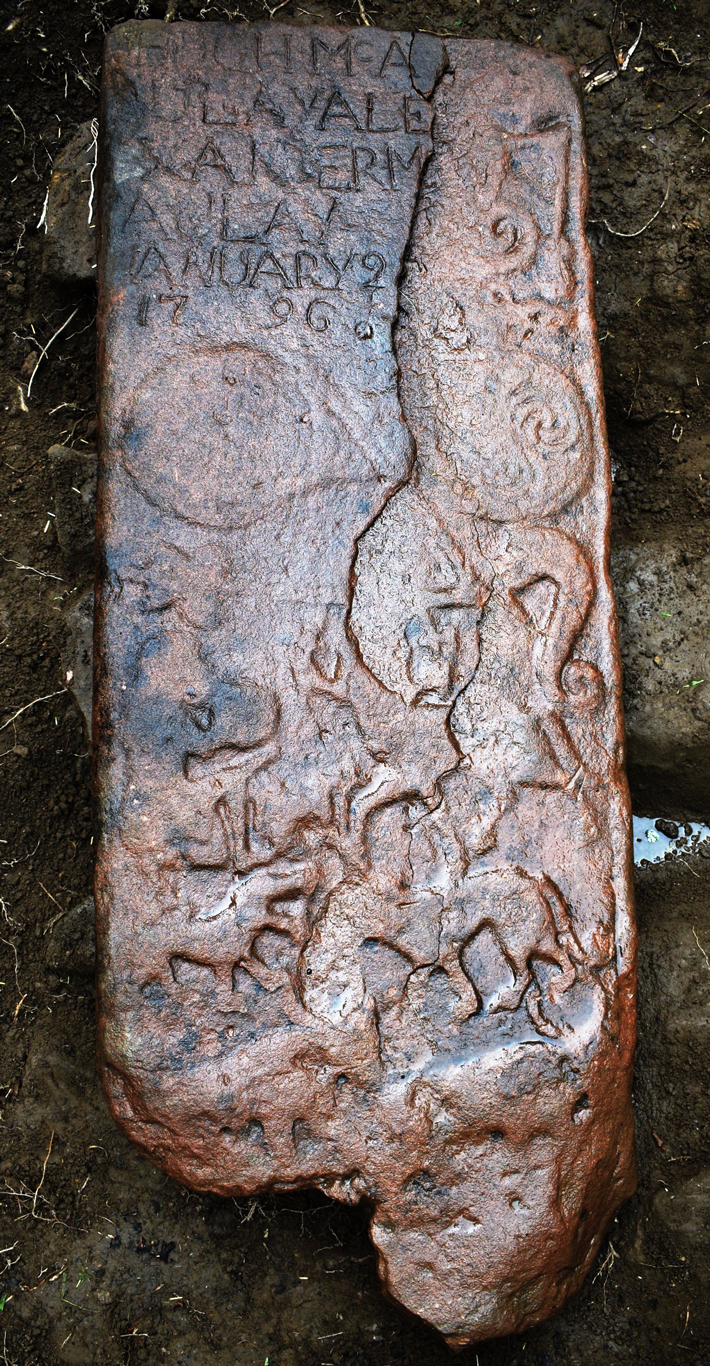
DINGWALL, SCOTLAND—The Ross-shire Journal reports that a stone carved with Pictish figures was discovered at the site of an early Christian church in northeastern Scotland, during a survey by Anne MacInnes of the North of Scotland Archaeological Society. When it was erected some 1,200 years ago, the stone likely stood more than six feet tall. The images include mythical beasts, oxen, an animal-headed warrior with a sword and a shield, and a double disc. John Borland of Historic Environment Scotland and the Pictish Arts Society said the figures resemble symbols usually found farther to the south. “This may tell us something of the complex web of influence between important ecclesiastical sites in one part of Pictland and their far-flung satellite churches elsewhere,” he said. Once the stone is lifted, researchers will be able to examine its reverse side, where they expect to find a carving of an ornate Christian cross. To read about the digital reconstruction of a similar Pictish slab, go to "Game of Stones."


